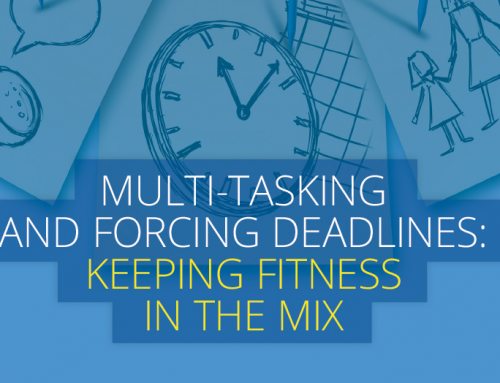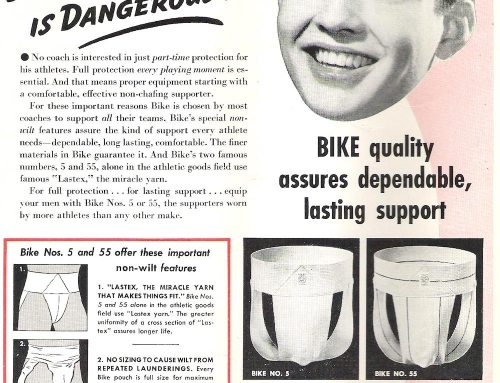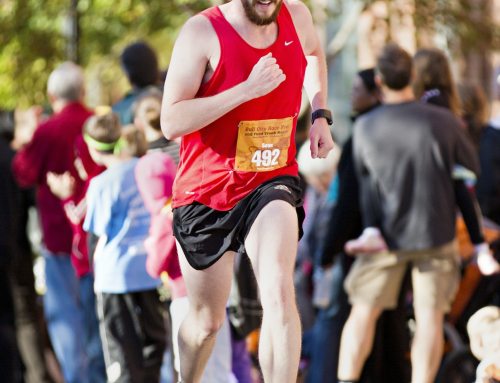
By Vickie Leff
Yippee! Training is over and you can finally run your first marathon! It can feel a bit overwhelming on race day, so here are some tried and true tips you can use.
General tips:
- There are going to be a lot of people running the race. A little preparation will ease any anxiety you have the day of the race.
- If traveling to the marathon, give yourself an extra day to relax before race day; this can also serve as a safety day, in case your travel gets delayed.
A few days before the race:
- Be sure to start hydrating with water several days before the race.
- If you live near the race, you may want to drive the route to give you an idea of the terrain.
- Find out where you need to be for the start of the race. Figure out how long it will take you to arrive on time.
The day before the race:
- Pick up your race packet at the expo! This will include your bib number, timing chip, official t-shirt, course and start information, and other goodies.
- While at the expo, get some gear, souvenirs such as an official race jacket, mug, anything to remind you of the race. Believe me, you will want them later. The jackets can be expensive (up to $100 or more), but worth it for the bragging rights!
- Now you have to cross the finish line. You can’t wear the race jacket unless you’ve completed the race-a runner rule!
The Night Before: Plan, plan, plan . . . relax
- Eat what you normally eat. Marathons often have a pasta dinner the night before. Don’t try something new or load up on pasta if that’s not what you would normally eat before a long run. You don’t want to deal with digestive issues during the race.
- Get ready. Pin your number on the front of your shirt. Lace the timing chip into your shoe. Do whatever you need to minimize fussing on race day.
- Pack your extras. If you are bringing a change of clothes or extras, you will need to put them in a race bag (which should come in your race packet). Keep it to a minimum. You don’t want to carry a heavy load after you finish. But you may want to put on a dry, clean sweatshirt.
- Also, girls, bring tissue-in case there isn’t any in the port-a-potty, or you have a runny nose or have to make an “emergency” stop!
- If it’s chilly outside, bring an old shirt or jacket that you can throw away. Keep yourself comfortable before the race start. Then you can discard your old shirt or sweatshirt by the side of the road. Lots of people do this, and most races will have folks who gather these garments to give to charity.
- If it looks like rain . . . get a rain poncho-the kind that folds up. I have found them in the camping section at Kmart for $1. You can also use a garbage bag and cut armholes to use.
- If you are looking for some encouragement while you run, lots of people write their name on the front or back of their shirts. Use a Sharpie on masking tape and place it on your shirt. If you want to do this, make sure you write in BIG letters so folks can read it and shout for you!
Race Day
- Most Important: Don’t wear anything new on race day-no matter what anyone tells you, or what you bought at the expo. I promise you this will cause problems.
- There can be long waiting periods before starting a marathon. You may have to sit for a few hours before getting in line to run. Bring something to do that you can throw out or put in your race bag. Bring a garbage bag to sit on in case you have to sit on grass.
- Get in line for the port-a-potty even if you don’t have to go. You will need to before you get to the start line and there are long lines.
- Your bib number usually serves as a guide as to where you need to line up to start. There are corrals (roped off sections on the street) organized by bib number, that officials will ask you to wait in before the start of the race. Unless you are hoping to win the race, don’t move from your designated corral, it’s not worth the trouble.
- You may have to wait 10-20 minutes to actually cross the start line after the race begins due to large number of runners. Be patient and don’t worry. Your time is clocked via your timing chip.
- As you begin to run, pick a side of the street and hug the curb. I find this easier (and safer) than starting in the middle of a large pack. Also, the water stations will be on the side, so you are already in good position.
What to Expect During Your Run
Start at your own pace! The first 10 miles will feel so exciting! Then you may get tired or feel like “what was I thinking?” From miles 18-21 you may very well likely want to go home. This is the time when you have to go deep inside yourself and push. The last miles are . . . well, let’s just say it is a great feeling to finish! And you will finish. You didn’t do all that training for nothing. It doesn’t matter how long it takes, what place you finish, or how awful you feel. You only need to cross the finish line.
Finally, every race feels different. Sometimes they are fantastic, sometimes difficult-there’s no telling. So set your expectations to simply enjoy the race.
# # #
Vickie Leff is the author of RunnerMom (available on Amazon.com) and www. runnermom.com. She is a back of the pack runner who has run 5 marathons including New York, Chicago, and Boston, along with countless other road races. She’s training for #6, the Marine Corps Marathon, this October. She has never come in last!





